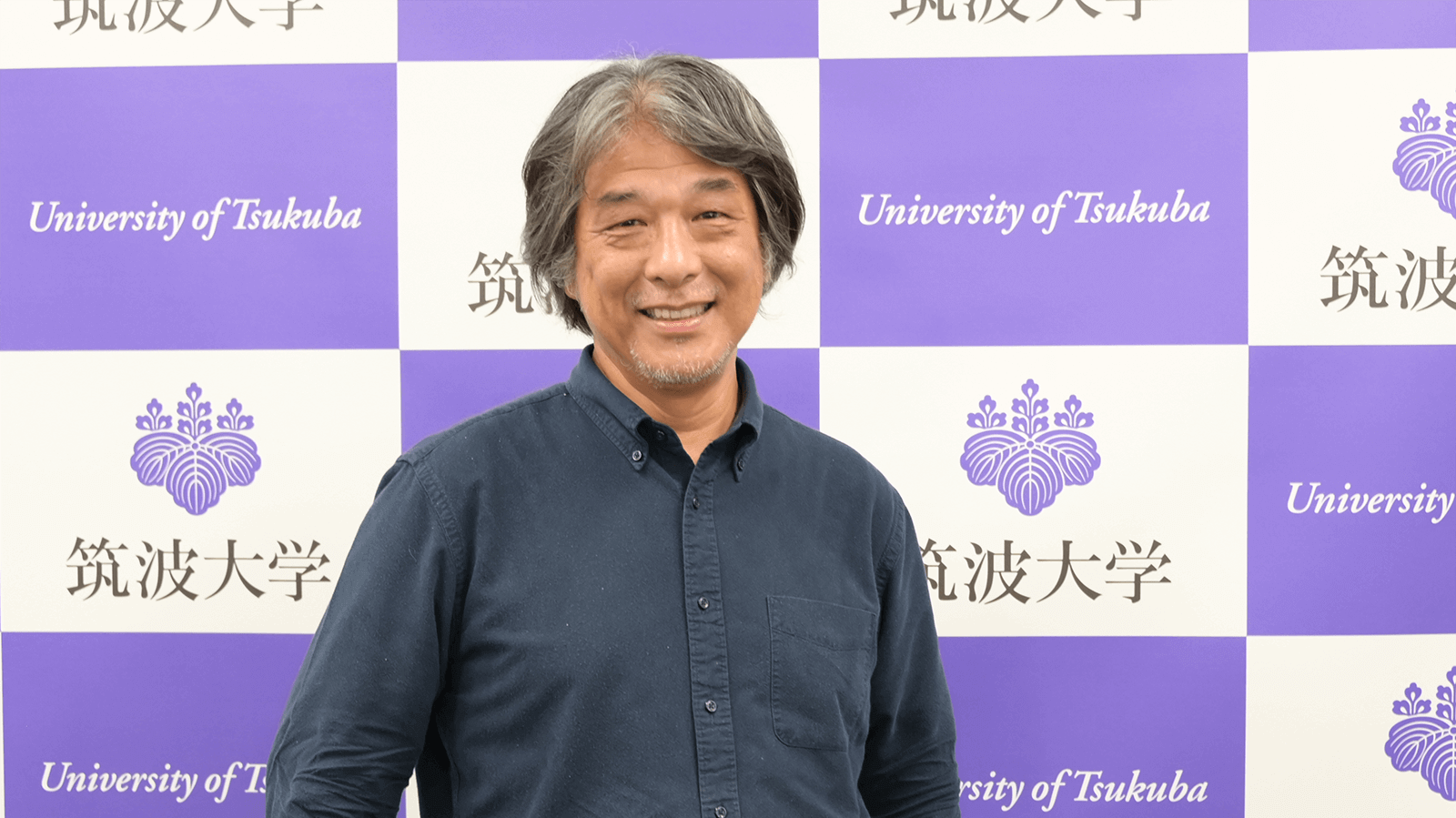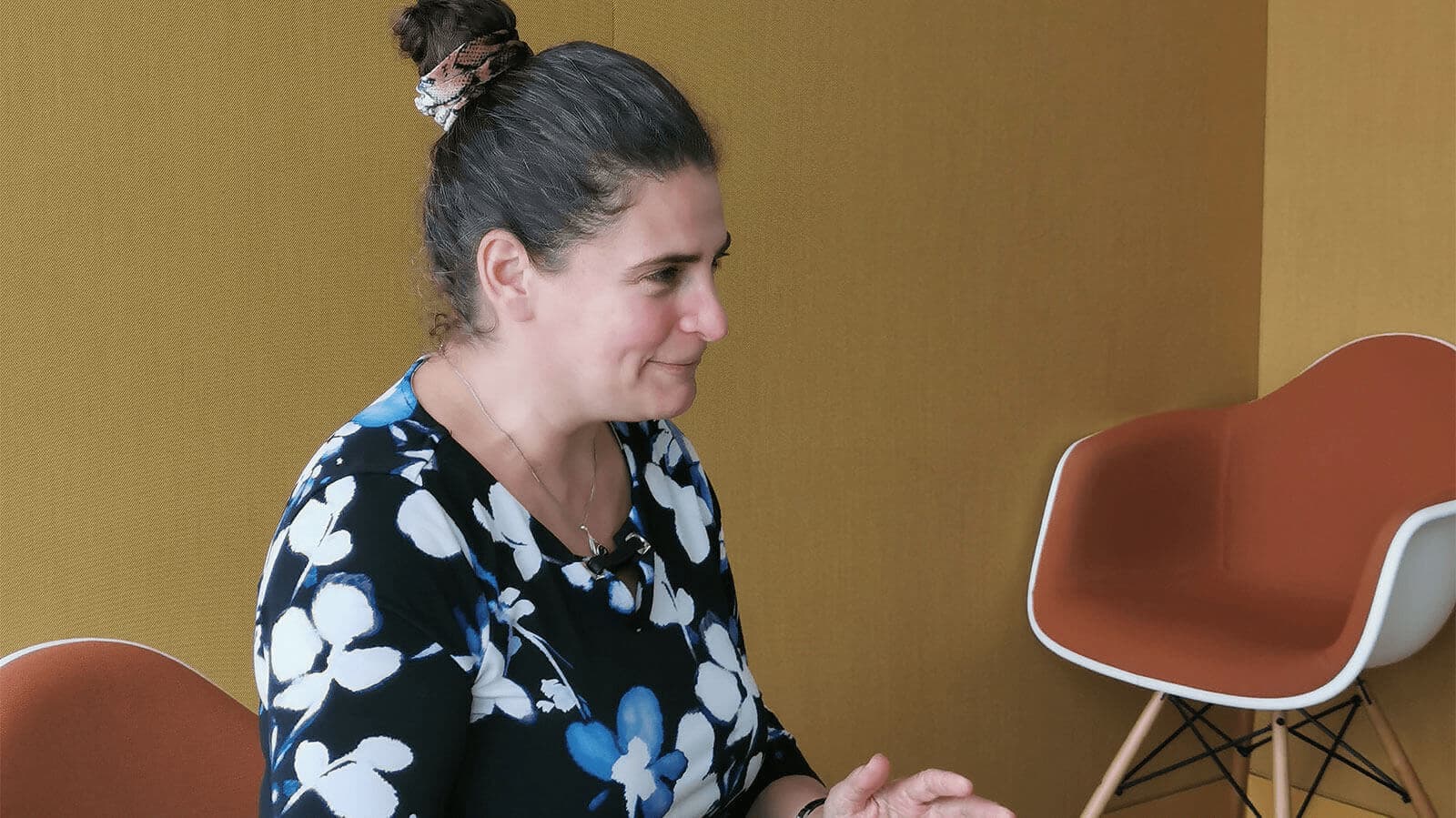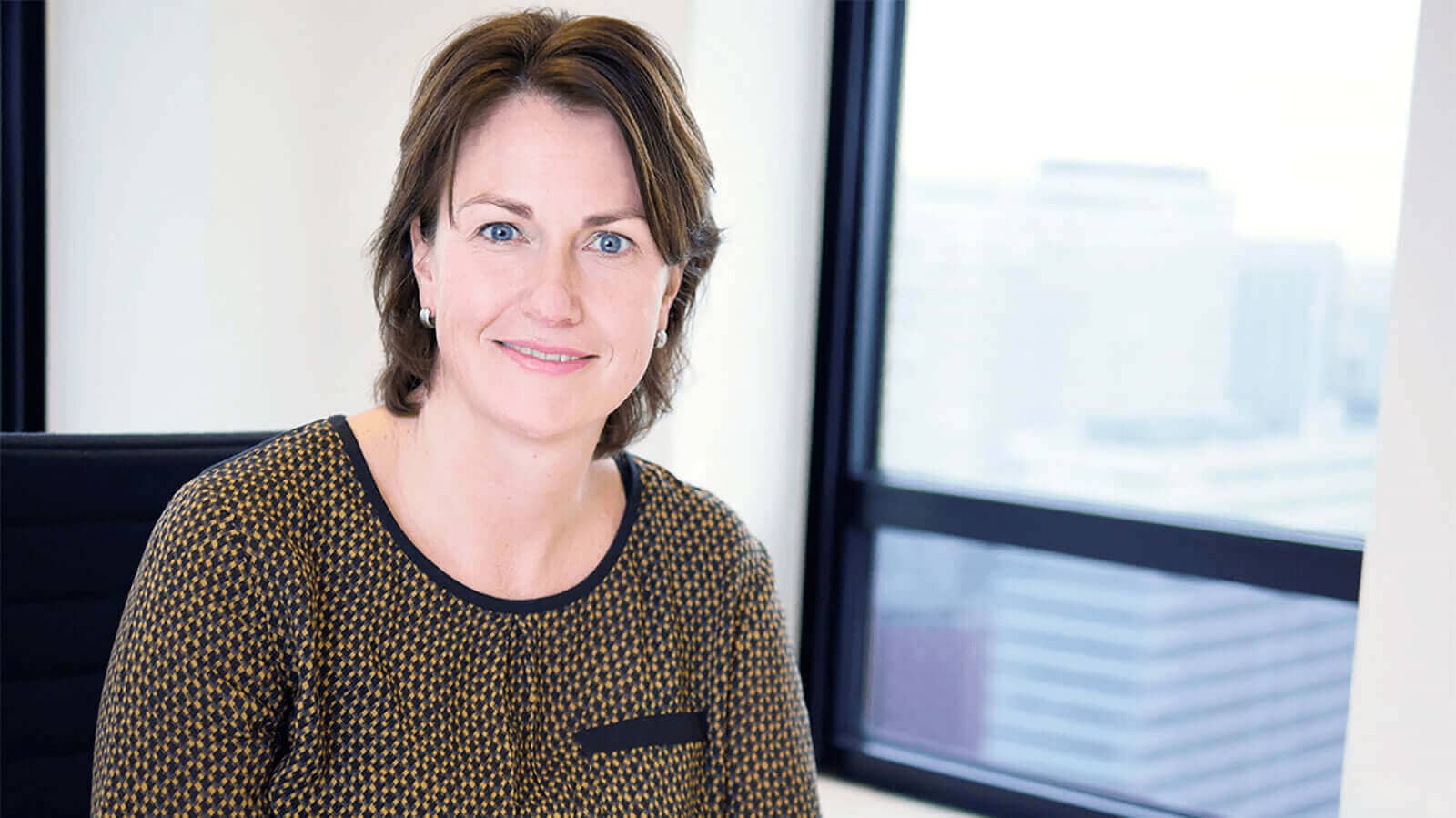“You can change the university culture in 20 years” – How a historical Korean university transformed from a teaching school to a global research university (Part 1)

Sungkyunkwan University (SKKU) has a long history. Founded in 1398, it is one of the oldest private universities in South Korea. In 1998, SKKU drafted its first plan called Vision 2010. To transform SKKU from a teaching school to a global research university, they secured continuous funding through a partnership with Samsung. They also actively hire professors who are engaged in global research and have established a holistic research environment to attract outstanding researchers. In 2011, SKKU introduced Vision 2020 and set a goal of coming among the top 50 universities in the world and the top 10 universities in Asia. In this interview with Professor Sungjin Song, Vice-President, Planning and Regulation Division/Professor of Mechanical Engineering and Lim Jaehwan, Section Chief, Office of Strategy, Planning, we tried to understand the secret behind SKKU’s success.
Interviewers: Makoto Yuasa, Ai Kano
Team structure and the story behind improving the THE ranking
Makoto What is your role and what does your department do?
Dr. Song I am the Vice President for Planning and Budgeting. I am in charge of planning for the university’s growth in education and research and industry–university collaboration, as well as branding activities. I am also in charge of planning the investment needed for growth. The public relations team falls under me.
Makoto Most of the press releases we saw about Sungkyunkwan University’s ranking, some calling it the number one private university in Korea, had your quote. Is it fair to assume you were responsible for improving the THE rank?
Dr. Song Actually, Lim [Chae Hwan] works on the ranking. At the Vice President level, I am responsible for that.
Lim Chae Hwan I am in charge of data analytics and analytics about rankings, but it’s just a small piece. There are other pieces like brand image and public relations, which are handled by other teams.
Dr. Song With the criteria established by university ranking agencies, it is not possible for just one team or person to handle everything. This is a university–wide effort. We have four teams: for planning, budgeting, public relations, and carrying out quantitative analyses of university data.
Makoto You have really improved the THE university ranking in the last 5 years. In 2012 or 2013, it was ranked 201–225. Now, it’s 111. That’s a big jump. This improvement has been consistent over the last 5 years and across all the metrics, including teaching, research, and citation.
Dr. Song We have a so–called university vision, a 10–year development strategy. We established our first vision plan—Vision 2010—in 1998. Samsung offers us financial support. They joined the university in 1996. Right after that, we agreed that we were going to transform Sungkyunkwan University from a teaching university to a research university. All our efforts were directed at nurturing and educating our students, but we were not concerned about creating new knowledge through research.
We want to be the leading research university worldwide. So, from 1998 to 2010, we just laid the foundation, a solid springboard, and in 2011, we rolled out Vision 2020. When we established that vision in 2011, we set our goal as a truly global leading university. We set a goal for coming in the top 50 universities in the world and top 10 universities in Asia.
Also, Samsung invested a lot of funds. Samsung supports us a lot in carrying out our plans in specific areas. I think that’s the main driving force for our growth.
Makoto Your focus has shifted from education to research and now to world–class research. That must have been very challenging to execute. How did you push for growth and motivate people to execute the vision and plan?
Dr. Song As you can imagine, to transform from a teaching school to a research university, you need to have faculty members who are capable of carrying out global–level research. So, right after we announced Vision 2010, we tried to recruit faculty members who have done research at the global level. We recruited many good professors. We are continually expanding our pool of good faculty members. About 10 years ago, in around 2011, we had 1250 faculty members. Today, we have about 1450. About 12% are international faculty members. We try to hire Korean scholars who collaborate frequently at the international level. We first create an environment where people from different cultures feel welcomed and then invite international faculty members. The reverse doesn’t work.
Attracting researchers
Makoto Did you recruit aggressively? Or did you run programs that invited researchers to apply for positions and threw in benefits like a good salary and lab facilities?
Dr. Song We did everything you mentioned. If you are a really good researcher, you have the option of going to a renowned university. Why would you choose Sungkyunkwan University? There should be some incentive for coming here. I think Sungkyunkwan University offers a great research environment or research vehicle. We try to implement research hubs in strategic areas such as nanotechnology. We established SAINT, the SKKU Advanced Institute of Nanotechnology, which offers a holistic environment for nano-researchers. Samsung aids us with this. The monetary aspect sometimes is not that important. What matters is the research environment that allows you to produce results that have a global impact. SAINT was established in 2005. Before that, in 2000, we established the Academy of East Asian Studies.
As you know, Sungkyunkwan University has a 620–year–old history. Sungkyunkwan was the Royal Academy, and every scholar and national officer in the Joseon Dynasty had to graduate from Sungkyunkwan to become a national officer. We have two campuses: in Seoul and in Suwon. In the Seoul campus, we established the Academy of East Asian Studies as the research hub. There are no economic benefits, but this is our heritage, so we cannot just ignore that.
Lim Chae Hwan This is like keeping their identity as the oldest higher education organization in modern history. When Samsung tried to invest in the university, the history of the university is one of the factors they considered.
Research hub and long relationship with Samsung
Ai Apart from nanotechnology, is there any other research hub?
Dr. Song After implementing the nano hub in 2005, we established the bio and ICT hubs. Right now, we have the nano–bio–info [nanotechnology, biotechnology, information technology] in the Suwon campus. They largely cater to the natural sciences, and in 2000, we established the Academy of East Asian Studies. Right now, we are trying to establish ACT (art, culture, and technology convergence).
Makoto Let’s talk about your association with Samsung.
Dr. Song We have a long history with Samsung. We first collaborated with Samsung in 1996. Samsung’s chairman Lee Byung-chul also served as the chairman of the Sungkyunkwan University Foundation. He practiced Confucianism. He understood the value of education, research, and the beauty of Confucianism. From 1956 to 1978, Mr. Lee lent his support to Sungkyunkwan University. Then, we parted for about 20 years.
Investment is crucial for a university’s growth, but the students are poor, so only relying on their tuition is not easy. When Samsung became an established company, they wanted to conduct CSR activities. They decided to lend their support to the university again. They also wanted to have a social impact through their collaboration with the university.
Lim Chae Hwan Giving back to society. Education is important to secure the future of this country, so big companies like Samsung try to contribute resources to many universities.
Dr. Song Samsung donated a library to Sungkyunkwan University, which we now call the Samsung Library. They’ve also donated libraries to Yonsei University and Korea University. Also, Samsung is too big, so we can’t help them directly. But the university has autonomy and we can afford to take the kind of risks that Samsung cannot.
Improving the citation score – Expanding the pool of core faculty members
Ai Do you think the improvement in the citation metric is because of your success with recruitment? Also, after the change in management structure, how are you motivating the people who were previously associated with the university to start contributing?
Dr. Song If you know the university, you will realize it’s not possible to push professors. However, if we establish a strong research environment and hire really capable professors with research capabilities, they end up collaborating. For example, in SAINT (the nanotechnology hub), we invited nano–researchers from all over the world, including Professor Sumio Iijima from Japan and Professor Michael Grätzel from Switzerland. They now collaborate. We try to not only recruit our own faculty members but also facilitate collaboration among the world’s leading researchers.
Makoto Your citation score in THE has drastically improved in the last 5 years. Were there concerted efforts towards this or did it just happen?
Dr. Song We try to establish research hubs in an area that’s currently hot, for example, nanotechnology, biotechnology, and ICT. We try to recruit top faculty members, what we call the core faculty. Right now, they form about 8% of the faculty members, but we want to increase it to 10%. One of the criteria to become a core faculty member is that they need to be highly cited. Last year, we had a high-profile researcher called Park Nam-Gyu selected by Clarivate Analytics. We recruited him in 2009. We recruit really capable people, and we have had three highly cited researchers selected by Clarivate Analytics—the highest among any university. Our recruitment department is constantly seeking out highly cited researchers. If they find someone, they inform the department and contact the researcher.
Ai How does the planning department get all the information to decide which research area will be the next big thing?
Dr. Song There’s actually no way to predict this. We just do our best. For example, if you knew something is going to be the next big thing but you don’t have any people in that area, what are you going to do? Recruiting is not easy. You just need to move on to something for which you have the capability.
Click here for Part 2 of the interview.
Executive Vice President Dean of SKKU Institute for Convergence Professor, Mechanical Engineering
Sungkyunkwan University (SKKU) Suwon, KoreaProfessor Sung-Jin Song received a B.S. degree in Mechanical Engineering from Seoul National University, Seoul, Korea in 1981, a M.S. degree in Mechanical Engineering from Korea Advanced Institute of Science and Technology (KAIST) in 1983, and a Ph.D in Engineering Mechanics from Iowa State University, Ames, Iowa, USA in 1991. He has worked at Daewoo Heavy Industries, Ltd., Inchoen, Korea for 5 years from 1983. He has worked at Chosun University, Gwangju, Korea as Assistant Professor for 5 years from 1993. Since 1998 he has been at Sungkyunkwan University, Suwon, Korea and is currently Professor of Mechanical Engineering.Currently, He is serving as Executive Vice President and Dean of SKKU Institute for Convergence, Sungkyunkwan University. He has served as Vice President for Planning & Budgeting, Dean of College of Engineering, Director of Center for Innovative Engineering Education, and Director of Sungkyunkwan University Hub Center for Innovative Engineering Education, Sungkyunkwan University. He has also served as the Founding President of Korea Association for Innovative Engineering Education and Vice President of Korean Society for Engineering Education.










